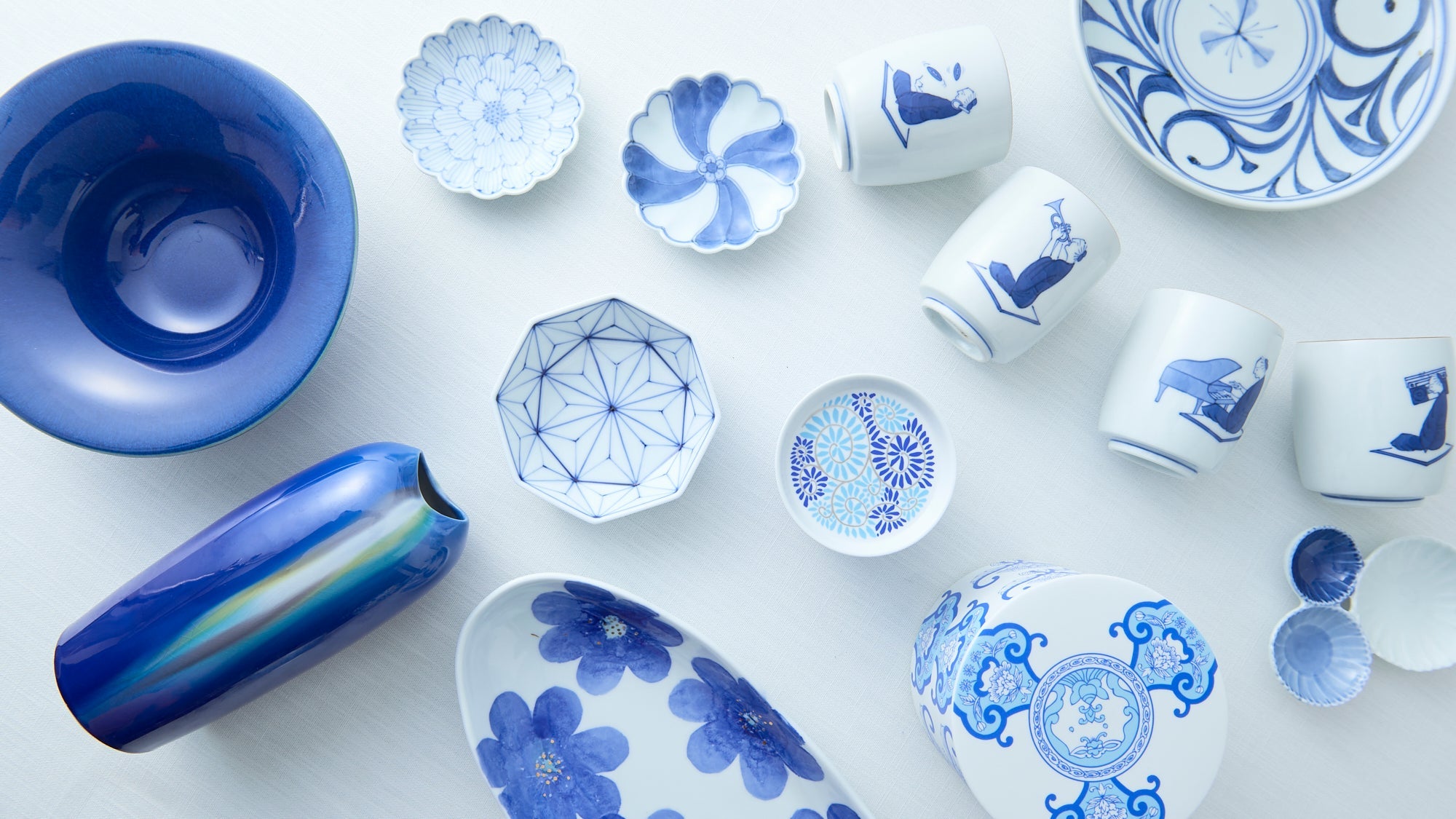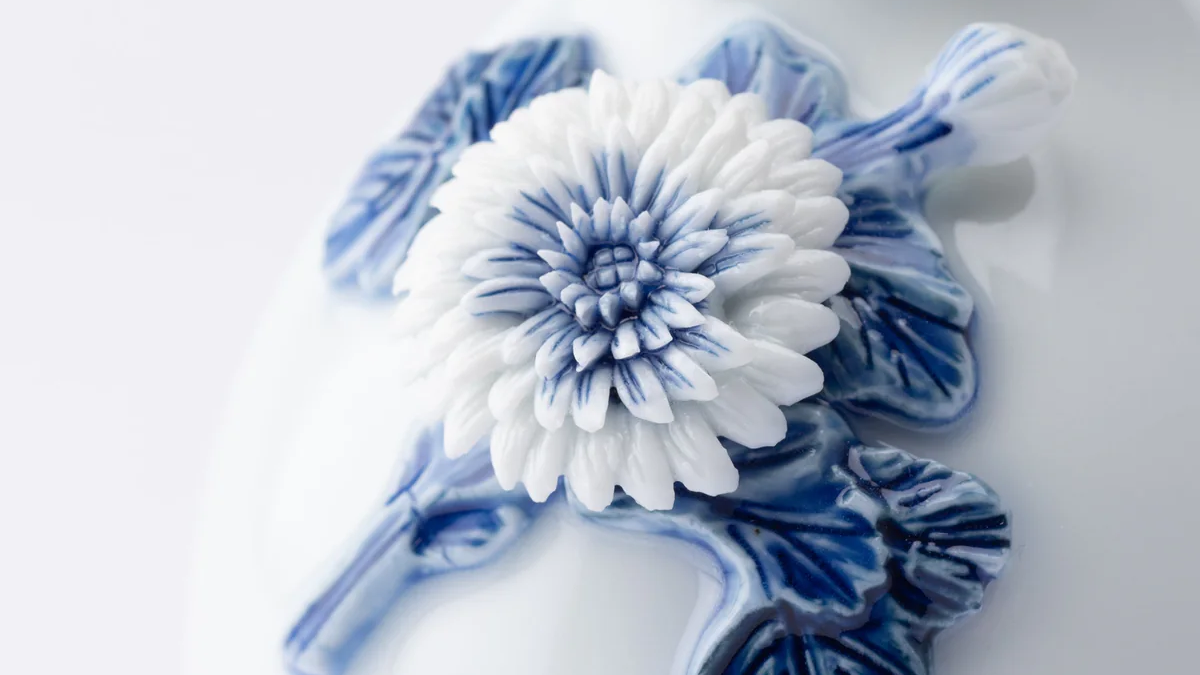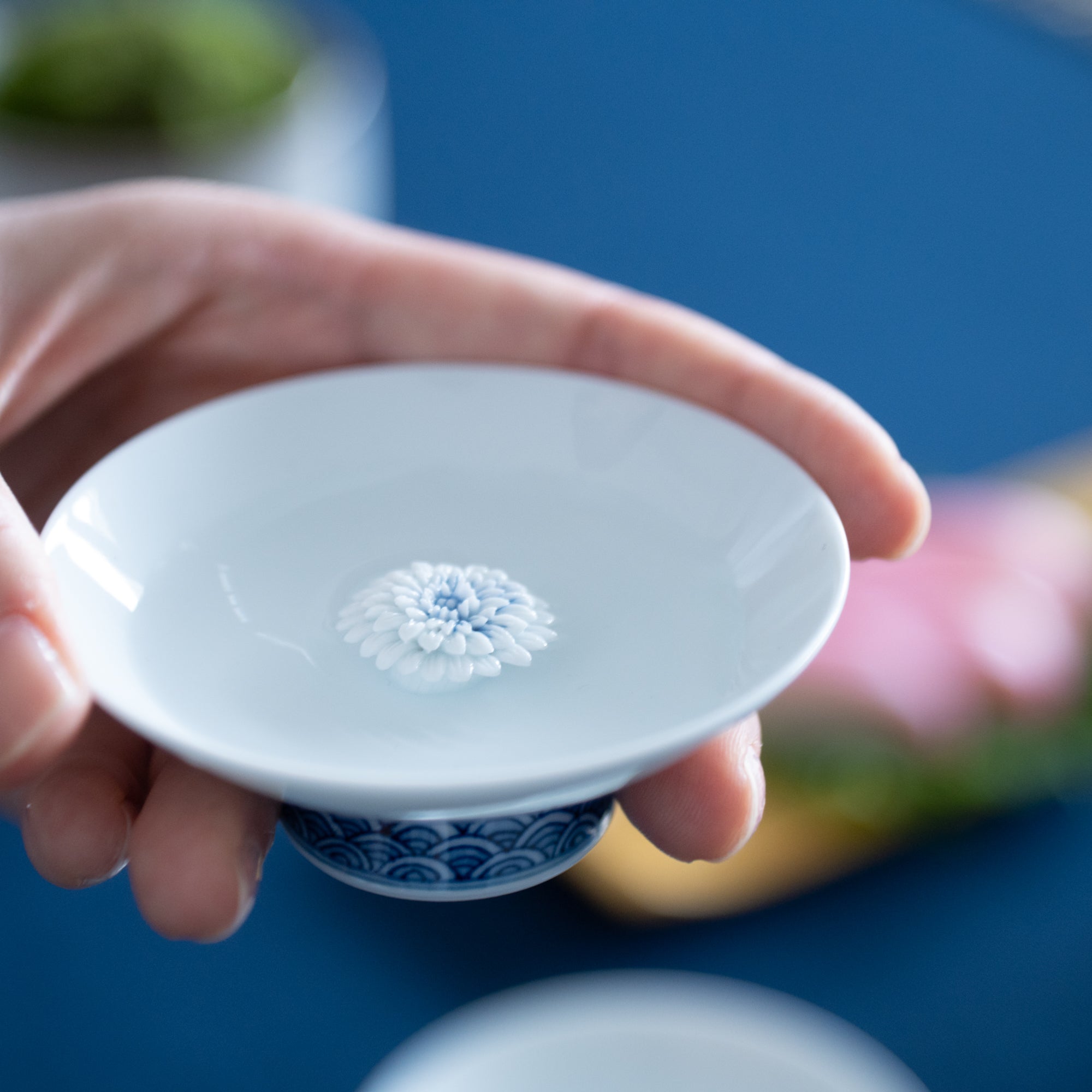
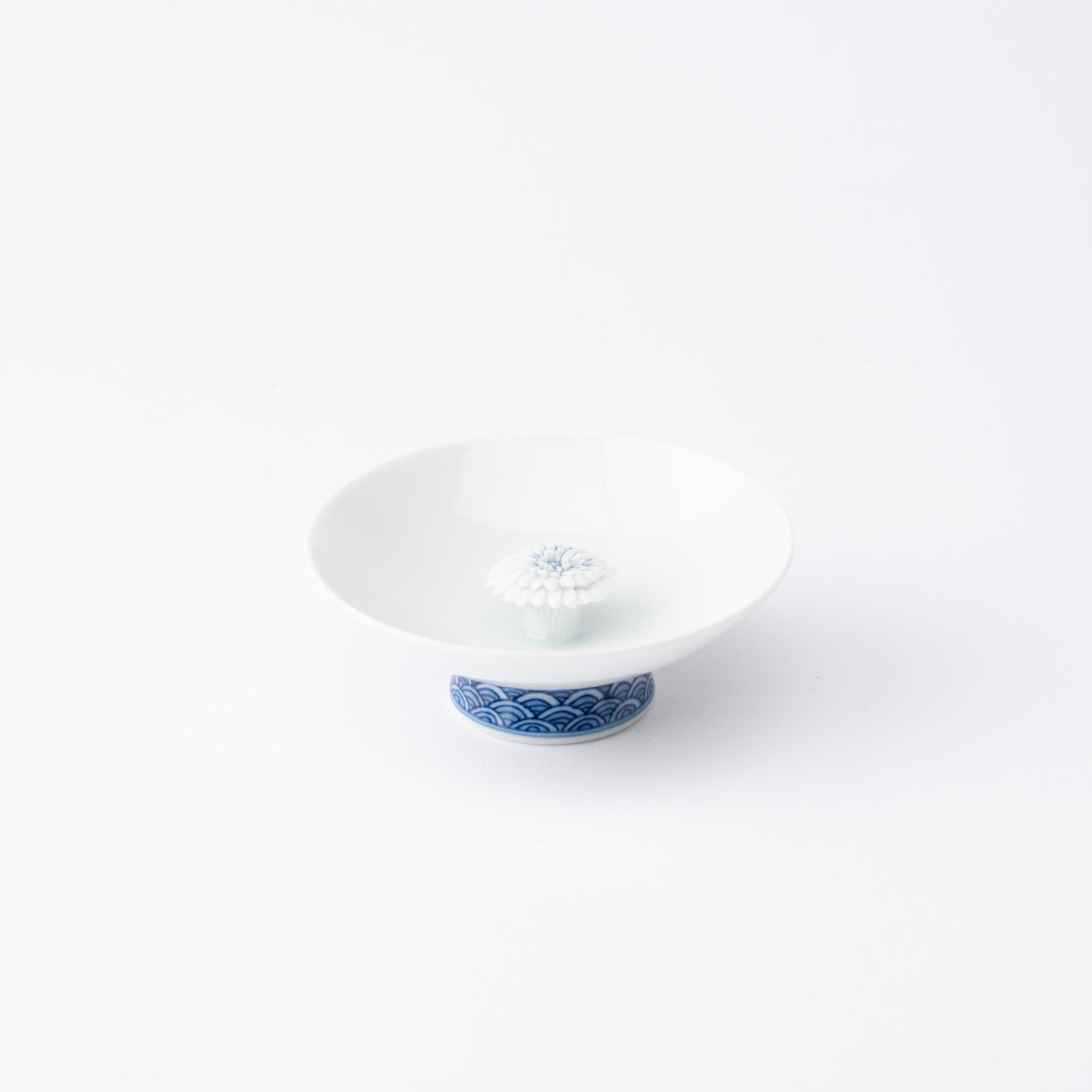
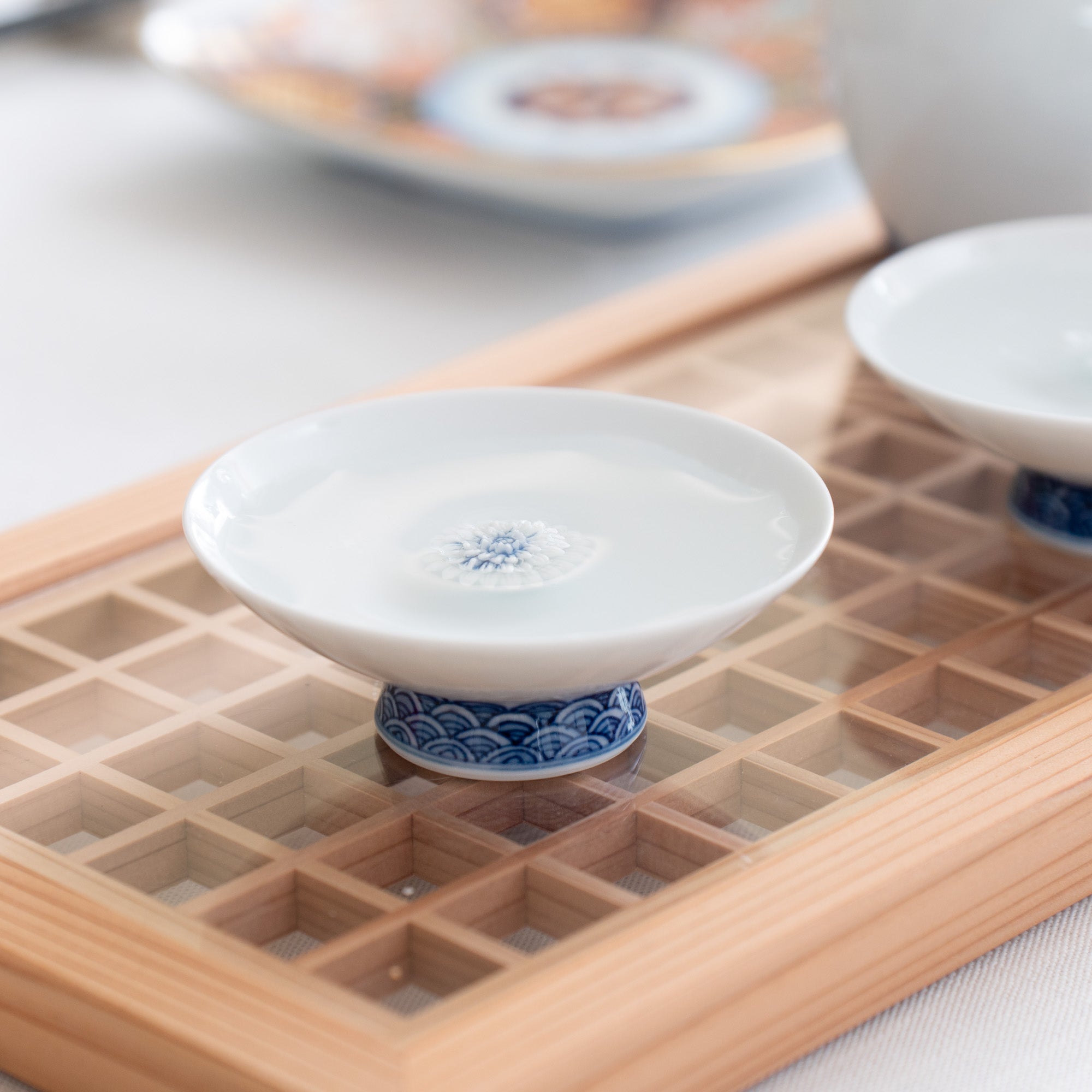
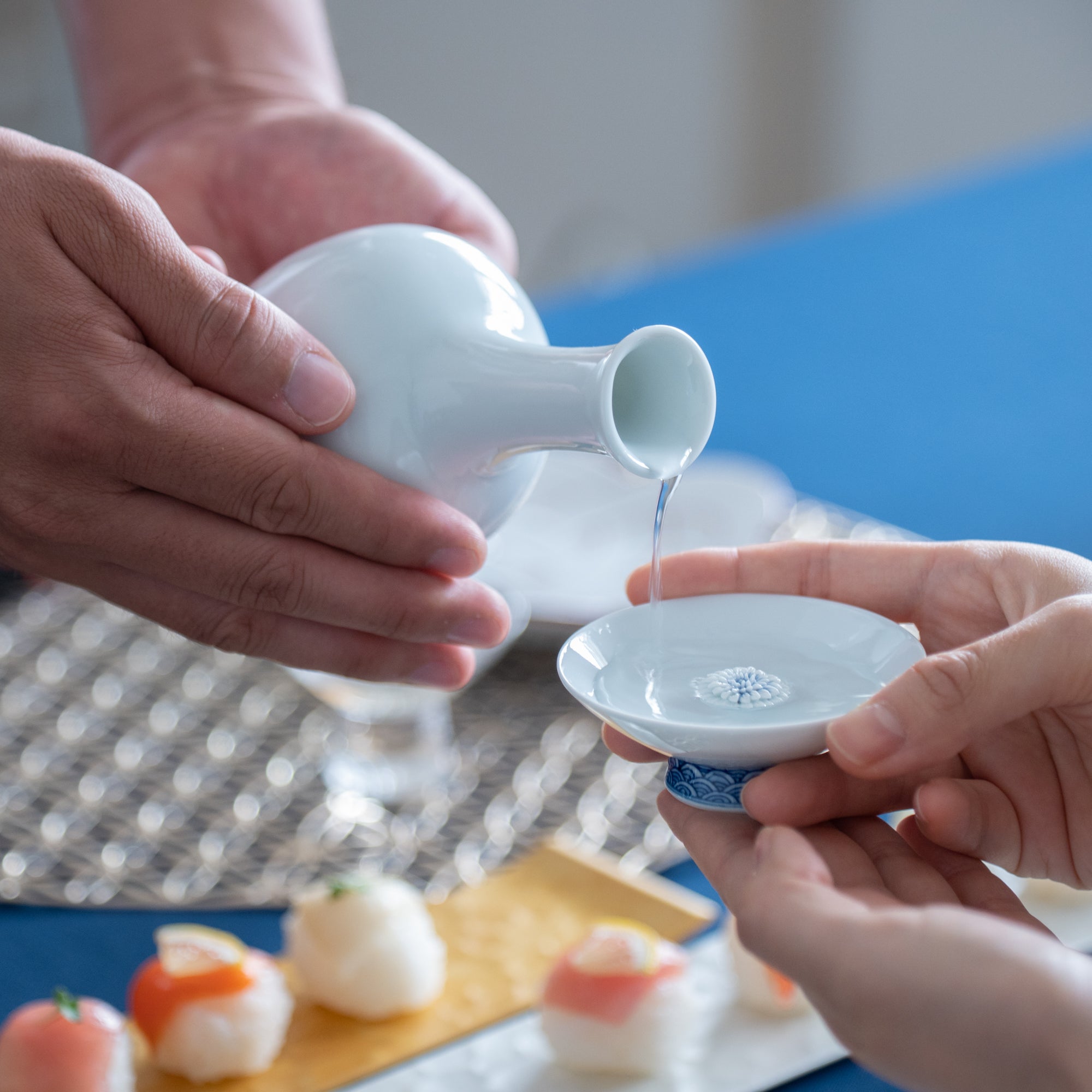
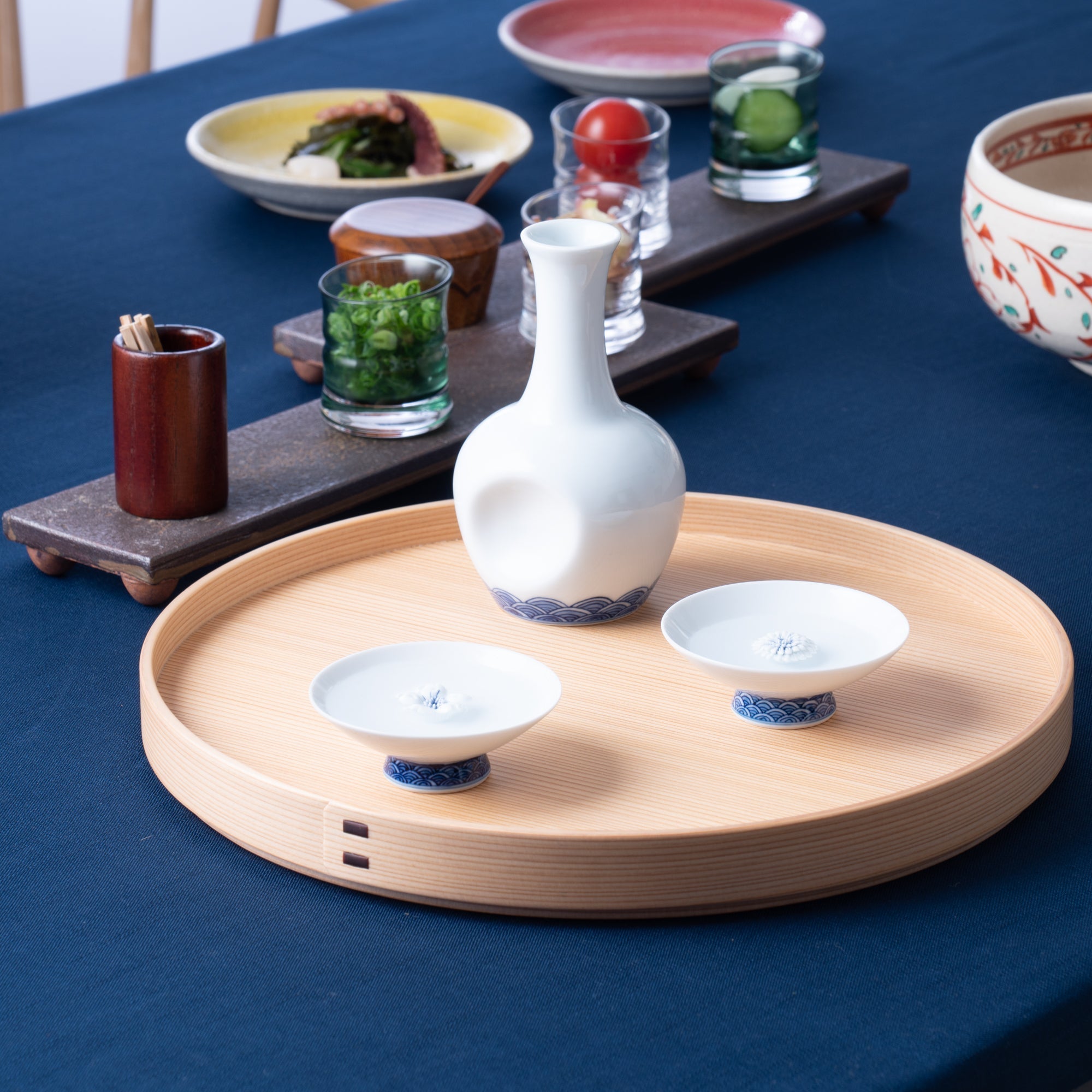
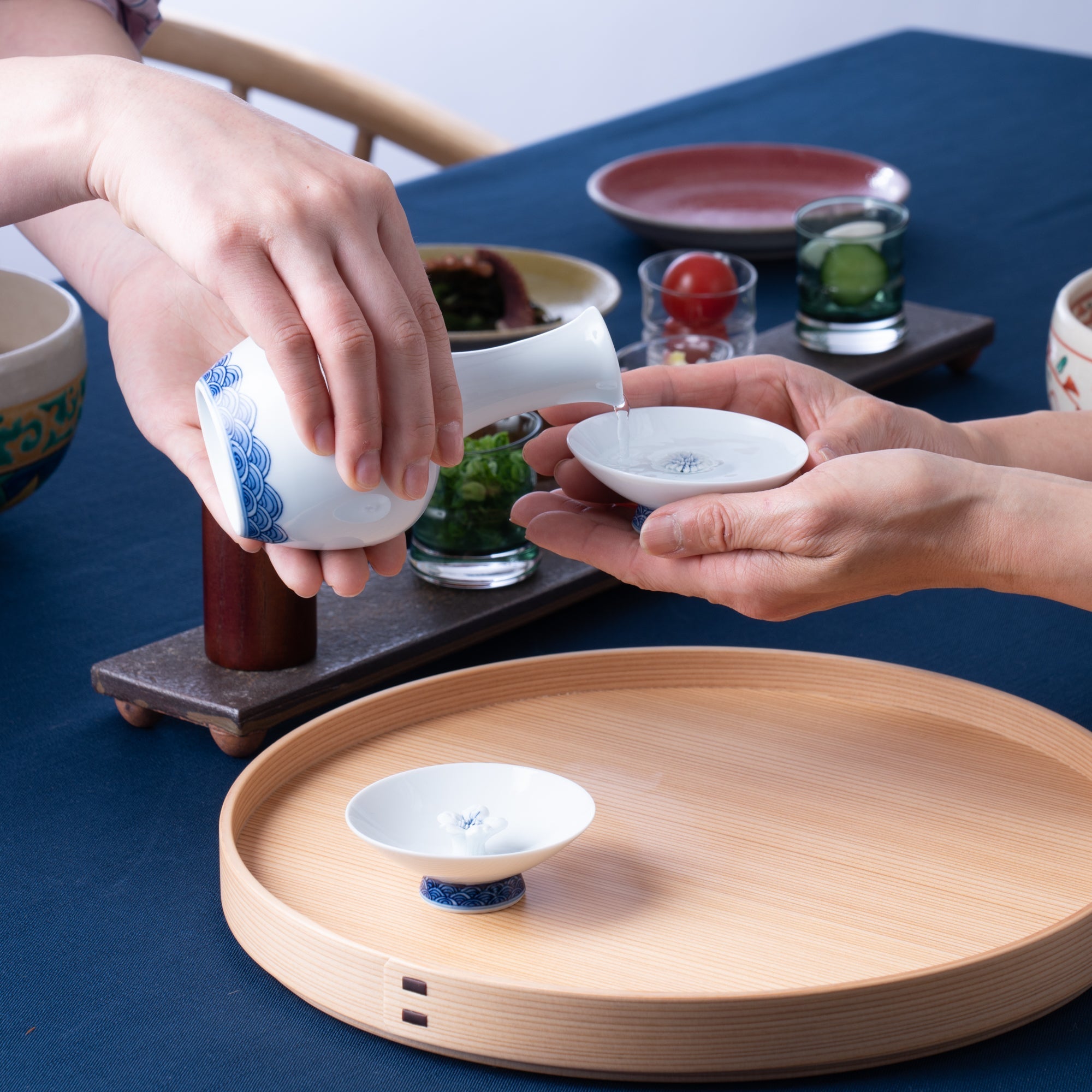
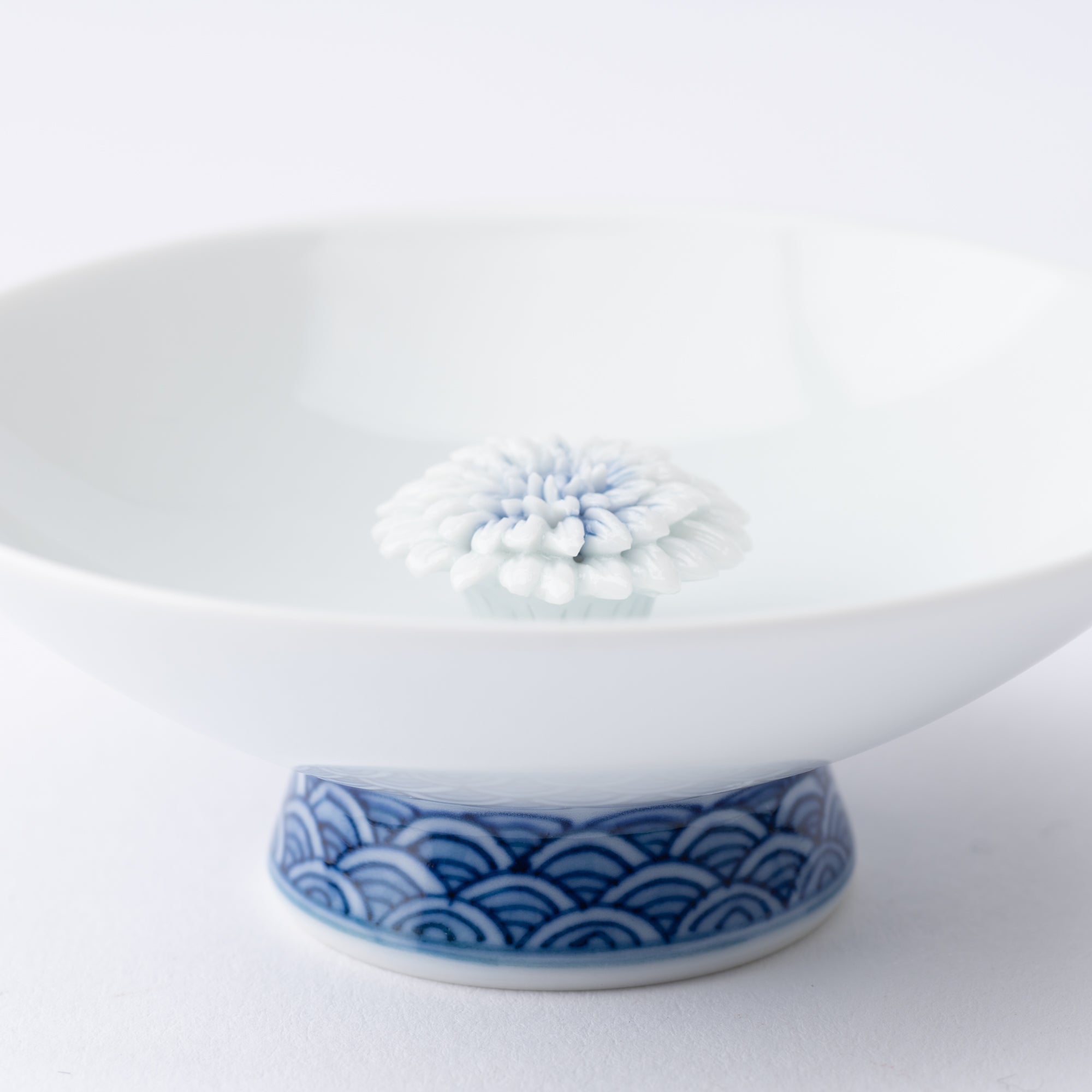
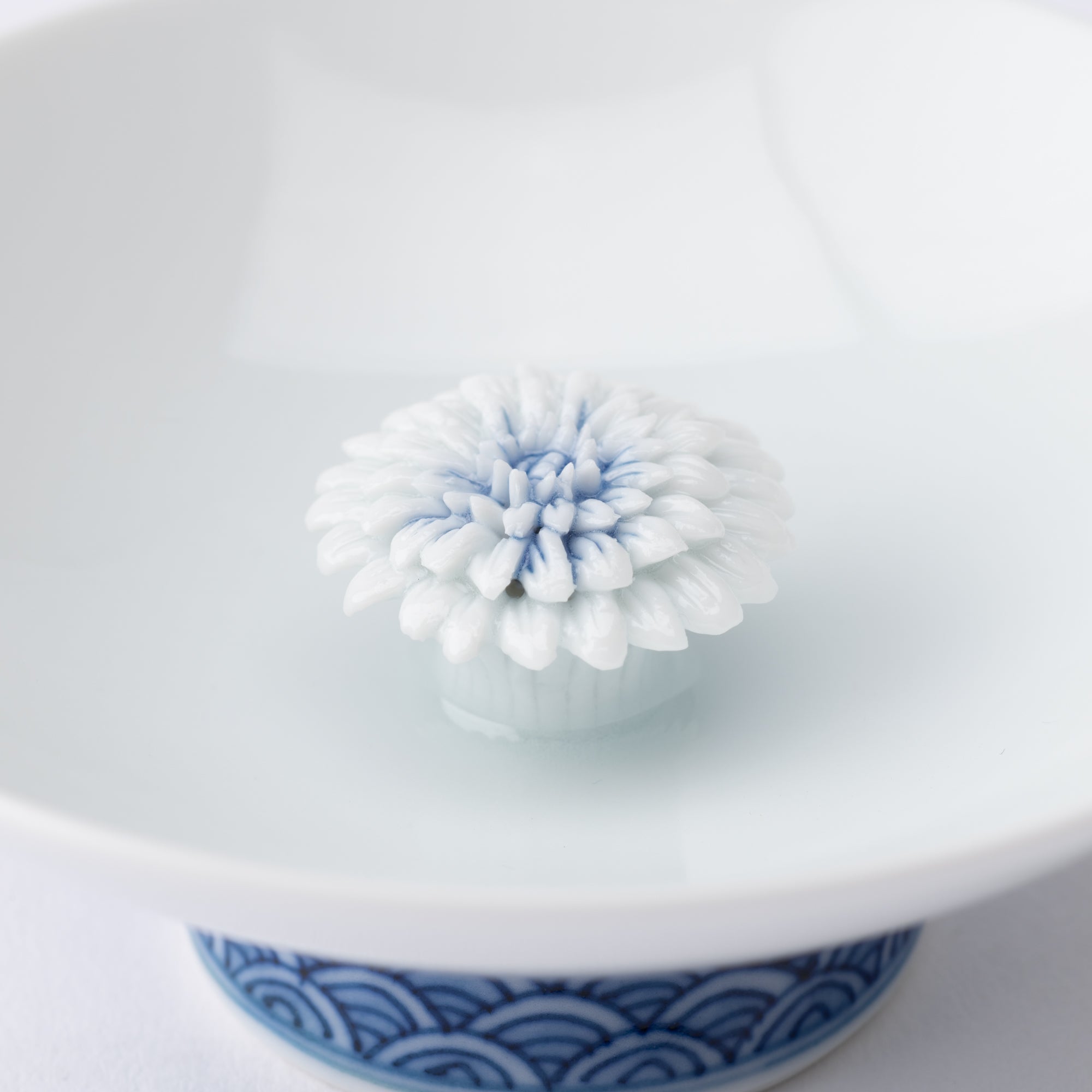
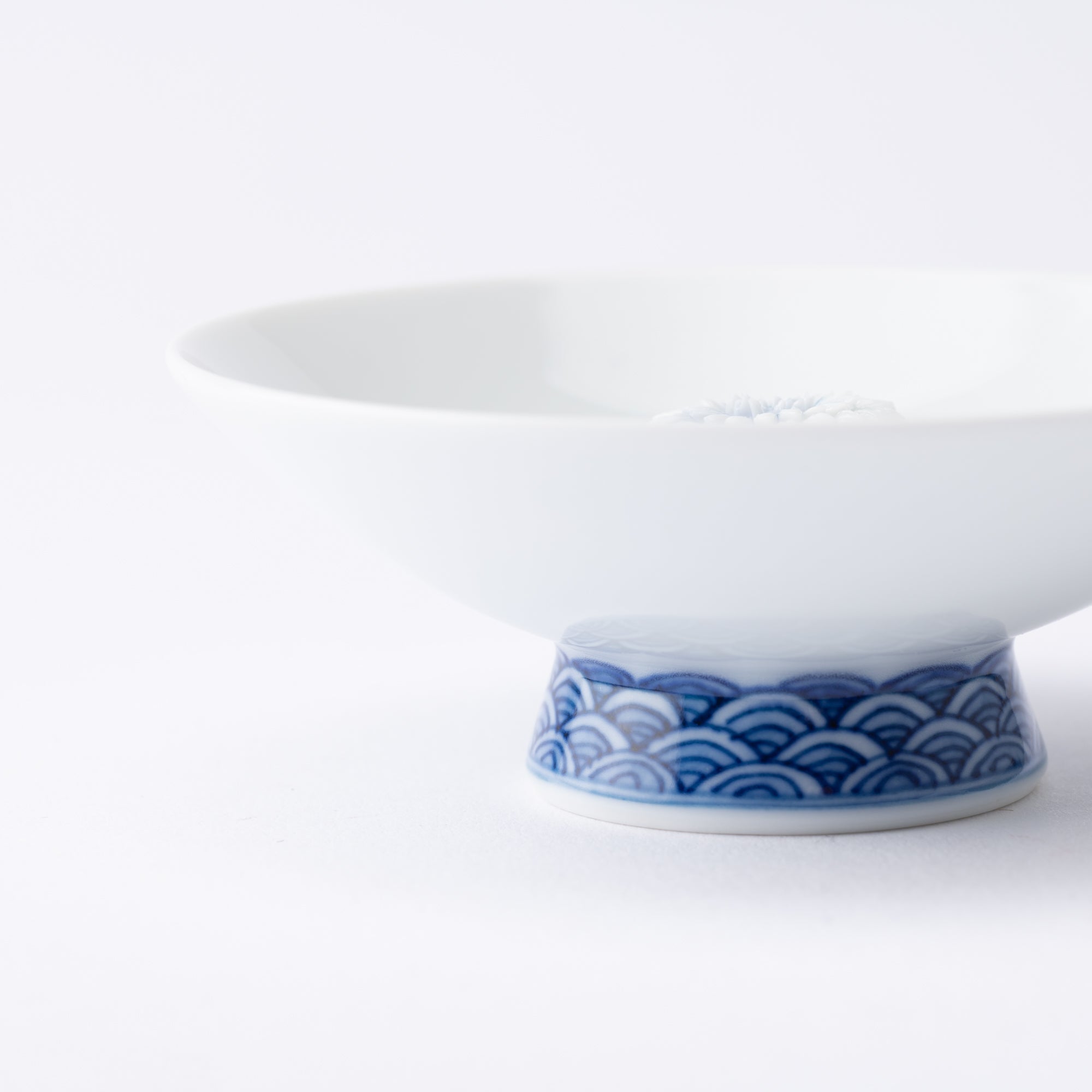
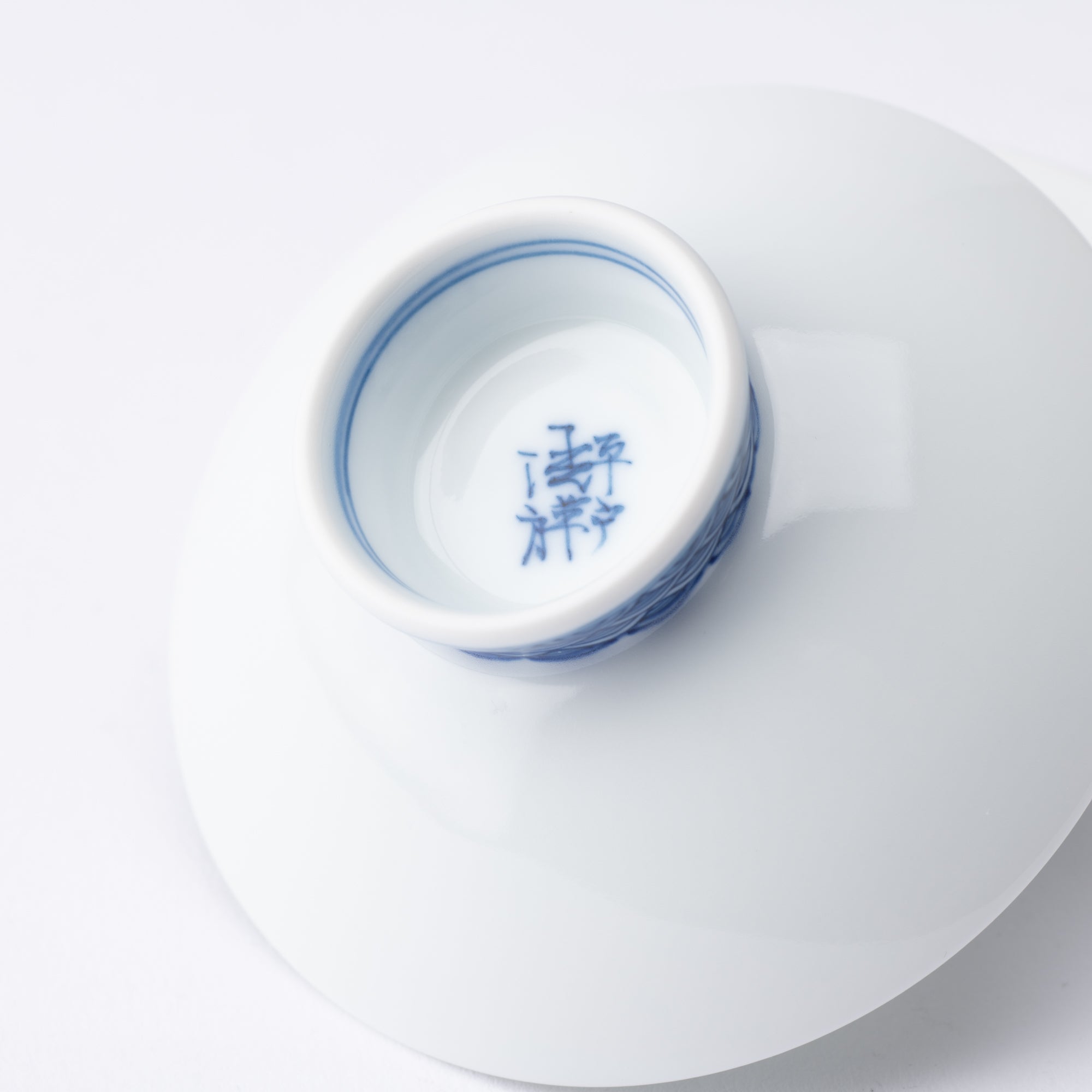
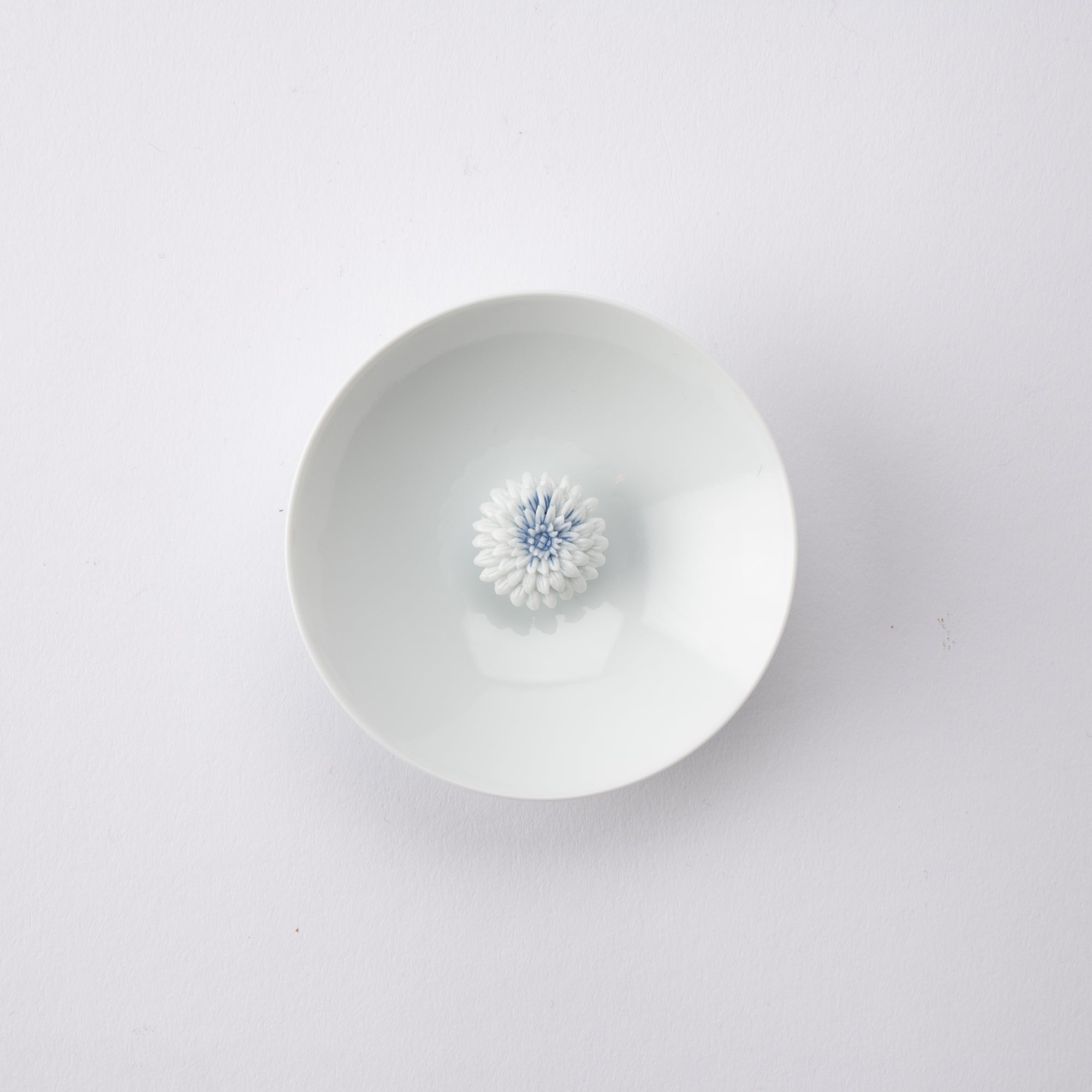
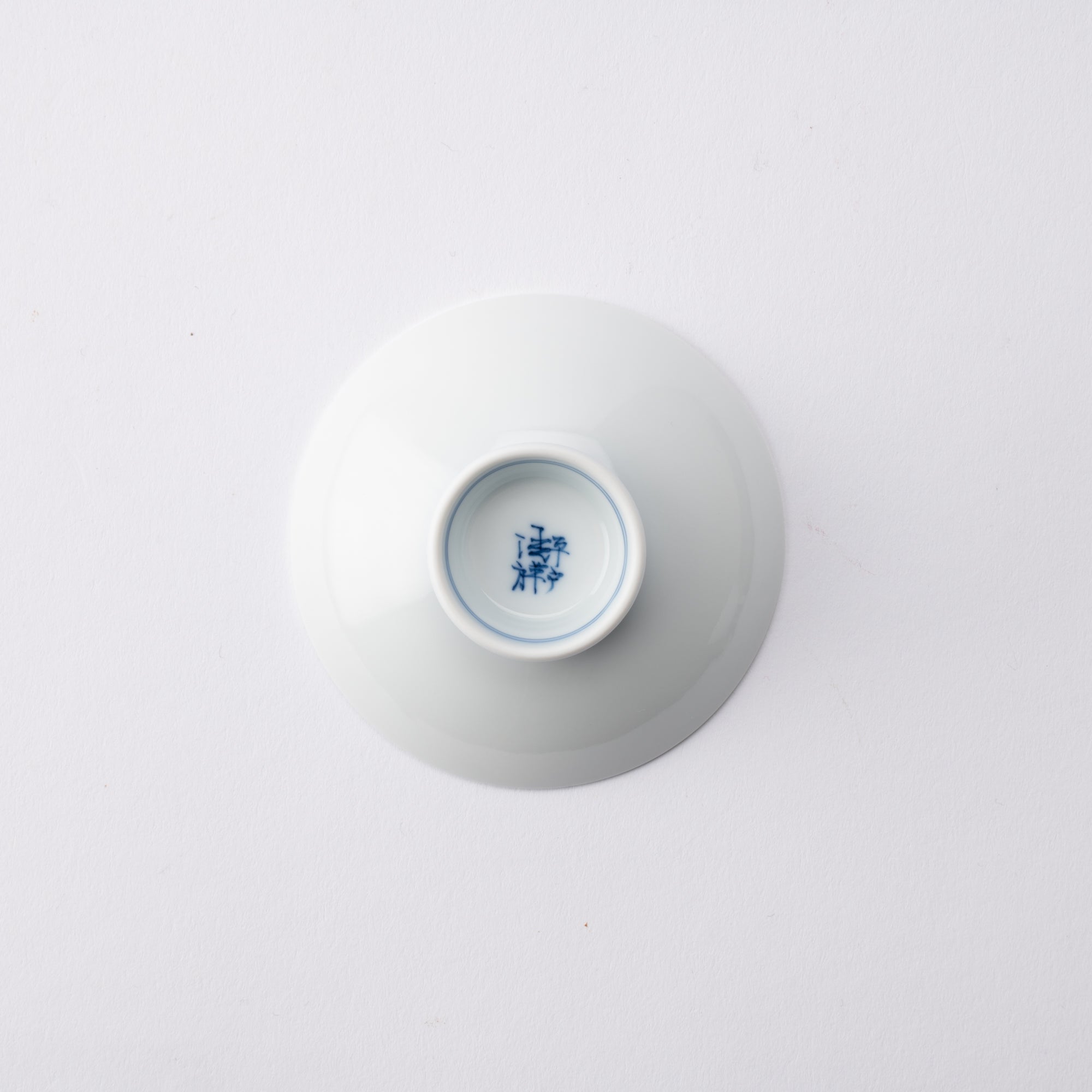
Floating Chrysanthemum Sakazuki Flat Sake Cup
Estimated Shipping Widget will be displayed here!
This sakazuki sake cup creates the enchanting image of chrysanthemum flowers floating on water when filled with sake. Its thin porcelain rim feels exceptionally smooth against the lips, enhancing the delicate nuances of the sake's flavor.
The intricate chrysanthemum design is crafted using the Hirado chrysanthemum technique, a traditional method that involves forming each petal by hand. Artisans use a pointed bamboo tool to carve petals one by one from a lump of porcelain clay. After completing the first round of carving, the petals are delicately raised and arranged to form the chrysanthemum. Once glazed and fired, the petals transform from sharp, defined shapes into soft, natural-looking blooms.
Made from Amakusa ceramic stone sourced from Kumamoto, this sake cup is distinguished by its translucent white finish and subtle pearlescent texture, embodying both elegance and tradition.
DETAILS
| Quantity | 1 |
| Size | D 7.8 cm (3.1 in) x H 3 cm (1.2 in) |
| Capacity | 20 ml (0.7 fl oz) |
| Material | Porcelain |
| Microwave | No |
| Dishwasher | No |
Maker / Brand
Crafts
Mikawachi ware, also known as Hirado ware, is a pottery made in Sasebo City, Nagasaki Prefecture, Japan. Known for its translucent white porcelain, it was highly popular in Europe during the trend toward Japanese crafts in the West in the 20th century. Mikawachi ware is remarkable for its delicate modeling techniques that push the limits of porcelain, such as openwork and relief carving, and for its beautiful painting that looks like a single piece of art.
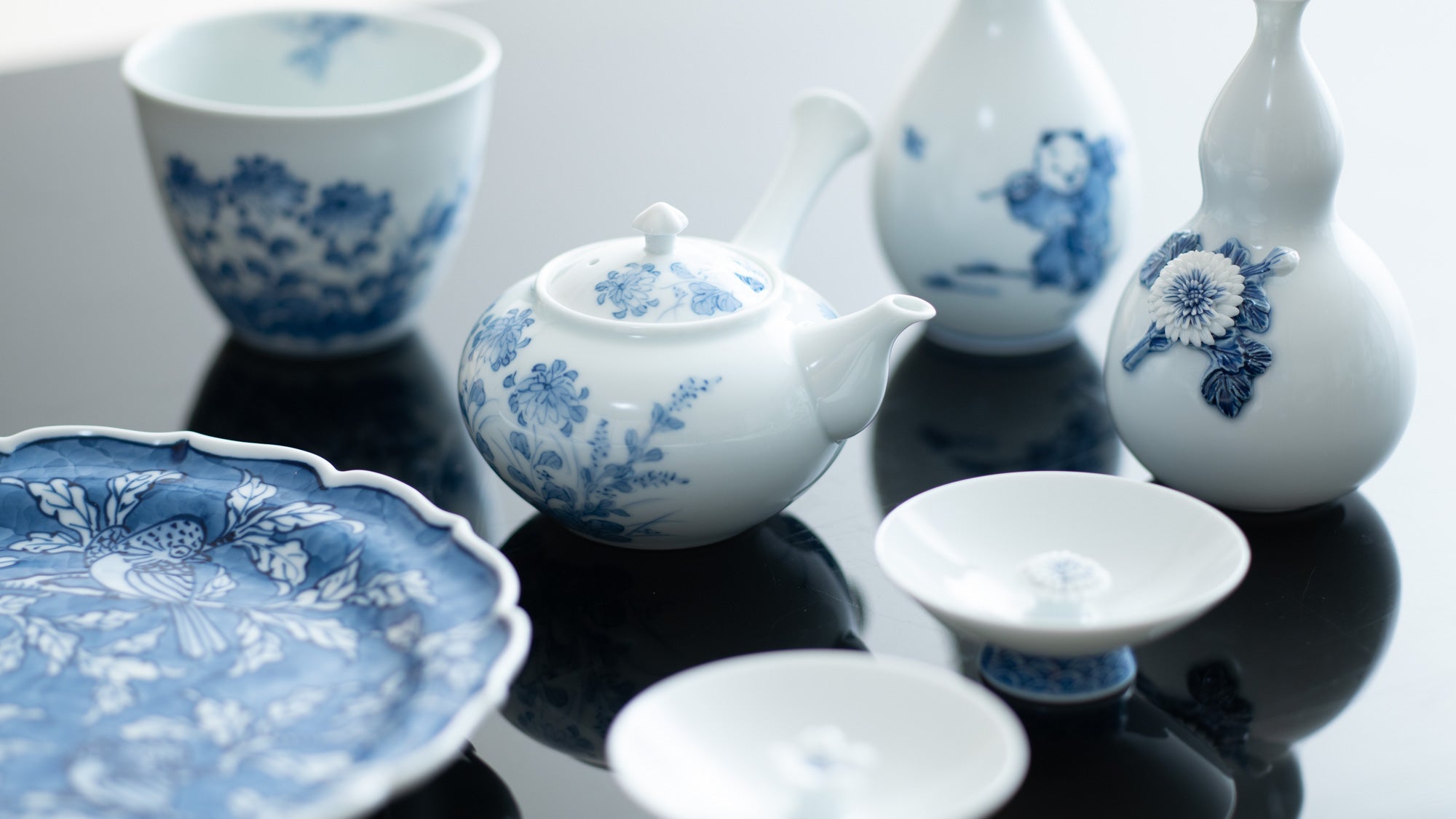
Choose options












Estimated Shipping Widget will be displayed here!
Sake Cups
Explore a refined selection of sake cups crafted by Japan's skilled artisans. From traditional ochoko to modern designs, each piece reflects the artistry and heritage of Japanese craftsmanship. Perfect for both quiet moments and celebratory toasts, these cups bring elegance to your sake experience.

Cool Off With Shades of Blue
Bring Japanese hues into your space this summer with tableware and decor in shades of blue. Featuring minimalist geometric patterns, modern styles, and intricately painted designs, the items in this collection are sure to introduce a little extra zing to your late-summer table.
One of the most classic Japanese blues is cobalt: a rich, bold color that works as well as a statement piece as it does as a backdrop for food or a canvas for detail. You will often find cobalt blues contrasted with pure white, a timeless pairing known in Japanese as sometsuke. Another favorite is navy blue, a sophisticated color seen throughout Japanese art. Adding navy is a great way to ground a table. Last but not least is mizu-iro, literally “water blue,” a pale aqua that suggests the refreshing coolness of the ocean.
So, embrace the rich palette of blue and rejuvenate your final weeks of summer.
